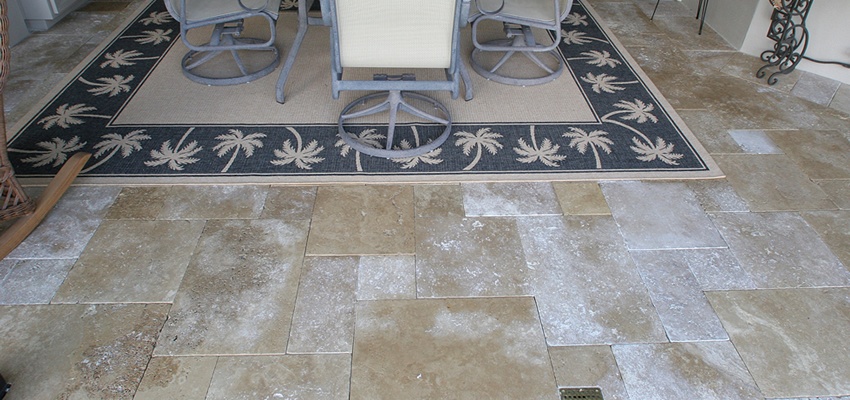Pavers Shifting & Misaligning
You’ve installed a beautiful paver patio or walkway, and are ready to love and enjoy it for years to come. Then suddenly, you notice pavers shifting, misaligning, sinking and more, including becoming a harbinger for weed growth. What went wrong? Plenty.

A paver patio can be a relatively easy and inexpensive addition to your home landscaping, but if not installed correctly, can present a myriad of challenges that end up costing you more in the long term. Paver installation requires detailed planning and careful consideration, from the design phase to material purchase down to the installation and maintenance. This is often a process best left to the professionals to handle.
Pre-Installation & Planning
Before pavers are installed around your home, the areas of installation should be carefully examined, including understanding slopes and drainage areas, the type of soil, and other elements that may be surrounding the finished project. These include grills, plant beds, tree roots and existing lawns. Precise measurements should be taken and strictly followed. The depth of the foundation is important, as is the compacted material that will lie beneath your pavers. Any oversites in these areas can cause critical paver problems.
Improper compaction of soil is another reason why pavers will fail. This is because the soil will settle, sometimes dramatically depending on the climate you reside in. Utilizing proper compaction tools are a must in any installation project. The lack of a solid edge around a paver patio can also result in shifting and misaligned pavers. An improper type of sand spread between the pavers during installation can also cause damage.
If you’re looking for a quality, professional and lasting paver patio, consider using licensed professionals with the experience required to navigate the numerous paver patio pitfalls.
Related Article: Brick Paver Maintenance
